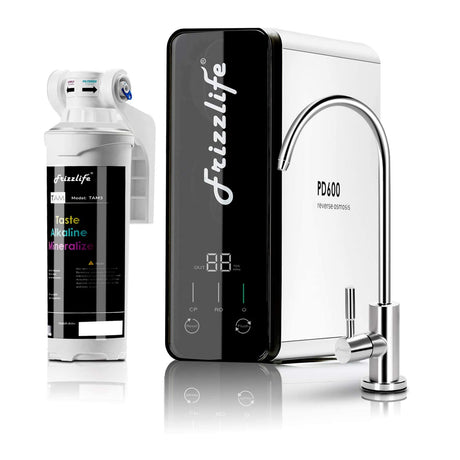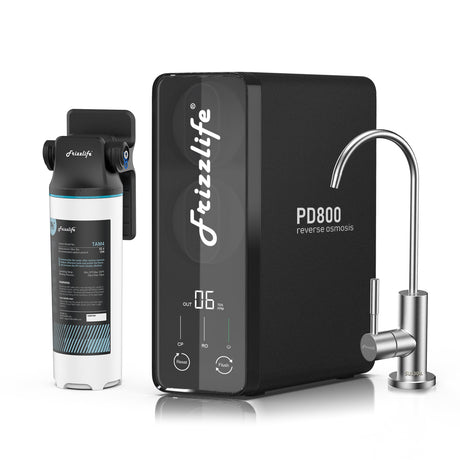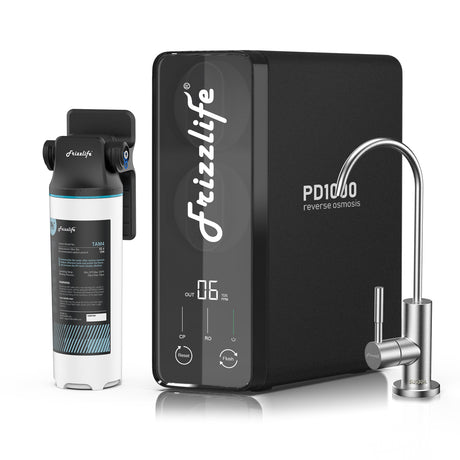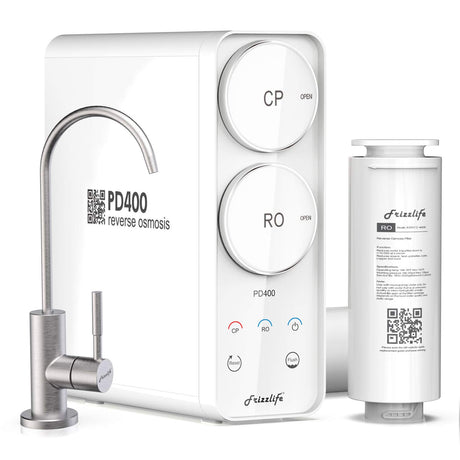Understanding Reverse Osmosis
Reverse osmosis(RO) is a water filtration method to remove ions and molecules from water. By applying pressure on the one side of a membrane, pure water can cross the membrane but large molecules can not.
Generally, molecules move from a region of higher concentration to a region of lower concentration. We call this phenomenon as Diffusion. Reverse osmosis occurs when molecules are moved through the membrane against the concentration gradient (Helmenstine, 2019). In other words, molecules are moved from lower-concentration region to higher-concentration region
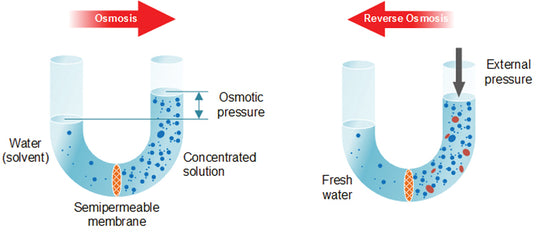
Molecules Movement
Molecules move from lower-concentration region to higher-concentration region. As for water solution, the concentration is higher when there are more contaminants inside. To filter out these contaminants, pressure is applied on the one side of a membrane thus water molecules are forced to move through the membrane to the other side of lower concentration (i.e. pure water side), while the opposite side (i.e. waste water side) becomes more concentrated.
Blocking contaminants
Tiny pores in the membrane only allow pure water molecules to pass through while contaminants are blocked. In this case, clean and filtered water is separated from contaminated water.
Different reverse osmosis membranes adopts different micron sizes. A membrane with smaller micron size means greater precision, thus has greater filtration capability, than a larger one.
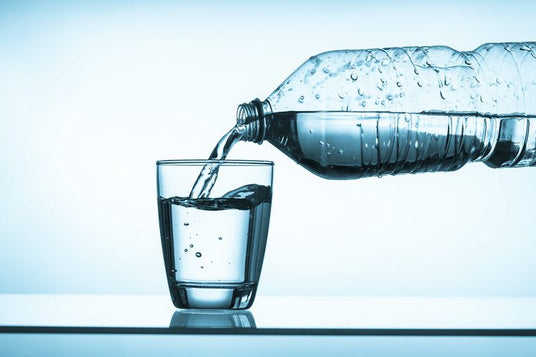
Reverse Osmosis Water
Reverse Osmosis water gets rid of 99.99% of over 1,000 contaminants, including lead, chlorine, fluoride, mercury, chloramine, chromium, arsenic, radium, hormones, asbestos, viruses, bacteria and much more. The purity of RO water is equal to or even surpasses that of bottled water. Also, drinking RO water is much cheaper than buying bottled water from the supermarket shelves. Enjoy purer and cleaner water at lower costs.
Purity of RO water
The purity of RO water is equal to or even surpasses that of bottled water, but at cheaper price
There is a common misconception about RO water, saying that RO water is too pure thus cannot meets human daily minerals intake requirement. It is undeniable that essential minerals are reduced together with the harmful contaminants during the RO filtration process. However, our daily access to these essential minerals are mainly dependent on food. And our bodies prefer natural organic minerals, which are only available in food. Besides, compared with the food, the amount of these mineral elements in water are quite limited and the quantity is too small to have an impact on health. On the other hand, water filter systems that do not remove minerals also leave more or less harmful contaminants in your water.
Hence, trust your RO water and say goodbye to bottled water!
Reference:
Helmenstine, A.M. 2019. How Reverse Osmosis Works. ThoughtCo. 3 July 2019.
Our Reverse Osmosis Filters
View allChoose your Reverse Osmosis Water Filter
We have different filters with different GPD size, tank and tankless options and with Alkaline Remineralization that suits your needs. Choose your perfect RO water filter.



